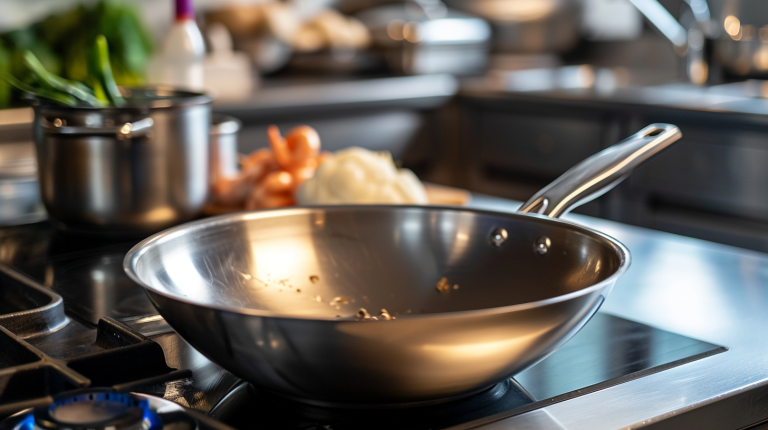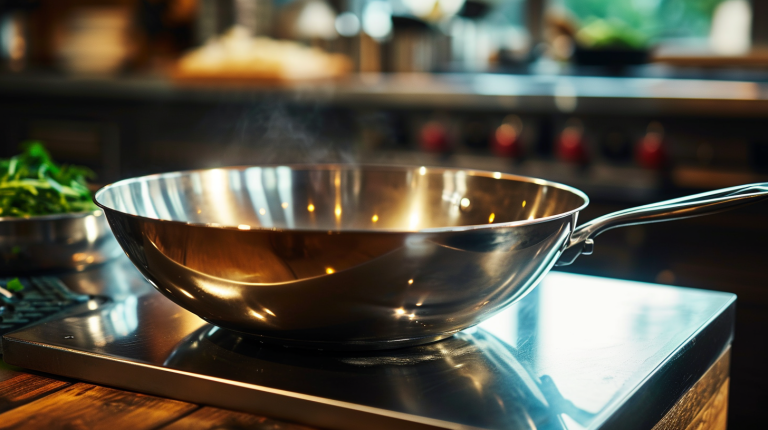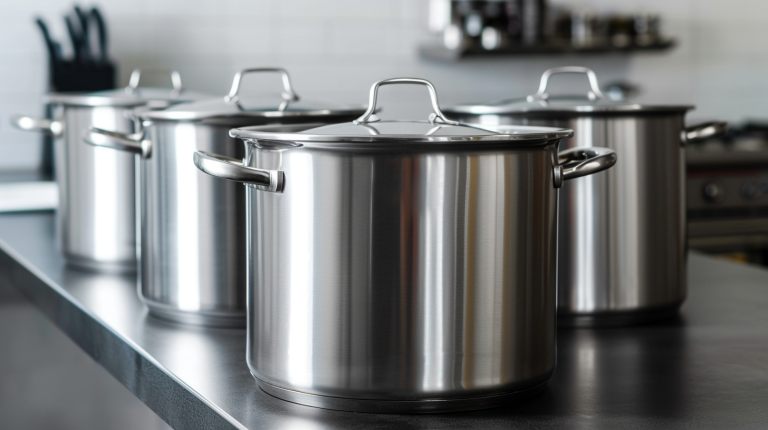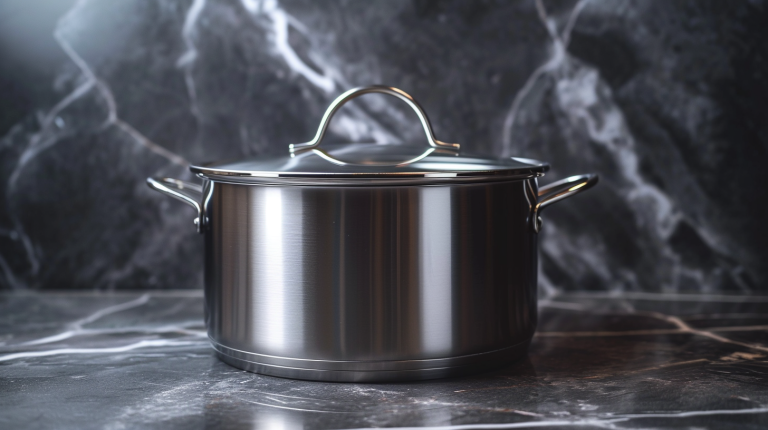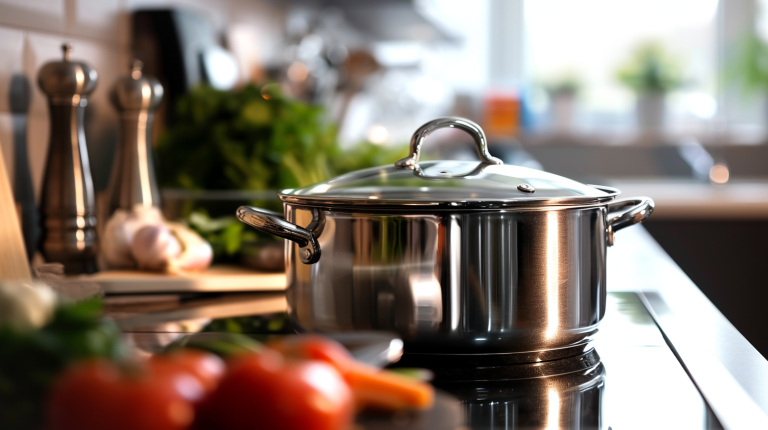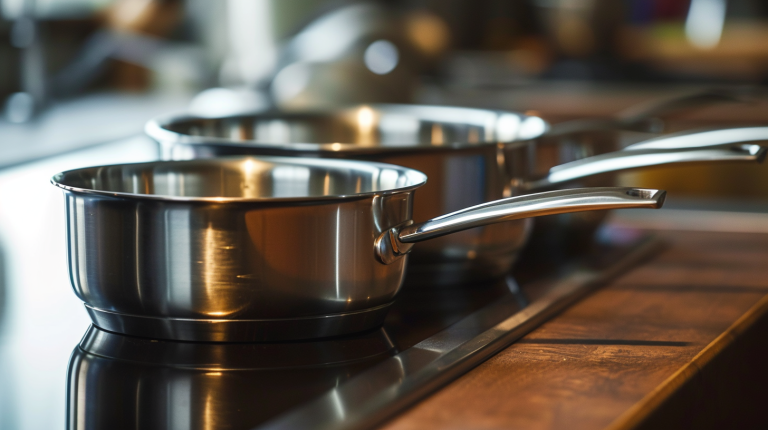
Why Stainless Steel Metal Eating Plates Are the Best Choice
A Modern Dining Solution with Practicality and Sustainability
Stainless steel metal eating plates combine practicality and sustainability, making them a top choice for modern lifestyles. Unlike traditional ceramic or disposable plates, stainless steel offers unmatched durability, hygiene, and aesthetic appeal, perfectly aligning with contemporary needs. Whether you’re hosting a family dinner, preparing for a picnic, or equipping a school cafeteria, stainless steel plates provide unparalleled reliability.
What Makes Stainless Steel Plates the Ideal Dining Choice
One of the standout features of stainless steel plates is their exceptional corrosion resistance. Stainless steel is a metal alloy, typically composed of iron, chromium, and nickel, which forms a protective layer that resists rust and chemical reactions. In American dining environments, where plates encounter everything from acidic tomato sauces to salty condiments, this property is critical. Unlike aluminum or other lower-grade metals that may corrode over time, stainless steel maintains its integrity, ensuring a long lifespan. For busy households or restaurants, this durability translates to fewer replacements and lower costs. Brands like All-Clad and Heritage Steel, renowned for their high-quality stainless steel cookware, also produce plates that meet these standards, offering peace of mind for daily use.
The Science Behind Stainless Steel’s Superiority
Stainless steel is not just any metal—it’s a carefully engineered alloy made of iron, at least 10.5% chromium, and often other elements like nickel, molybdenum, or carbon. This precise composition gives stainless steel its remarkable properties. Chromium forms a thin, invisible layer of chromium oxide when exposed to oxygen, acting as a protective shield that prevents rust and corrosion common in regular steel. For dining plates, this means stainless steel can withstand acidic foods like tomato sauce, citrus fruits, and vinegar without leaching harmful chemicals or developing unsightly stains.
The addition of nickel enhances corrosion resistance and gives stainless steel its bright, polished appearance. Molybdenum further improves resistance to pitting corrosion, especially in environments with chlorides like salt. The most common grades for plates are 304 (18/8 stainless steel, with 18% chromium and 8% nickel) and 316 (marine-grade, with added molybdenum). These grades meet food safety standards and comply with the U.S. Food and Drug Administration (FDA) regulations for cookware. With a Brinell hardness typically ranging from 150 to 180, stainless steel is far more resistant to scratches and dents than softer metals like aluminum or copper. For busy households or restaurants, this durability means fewer replacements and lower long-term costs.
Easy to Clean and Hygienic
The smooth, non-porous surface of stainless steel plates prevents food residues and stains from sticking, making them effortless to clean. A quick rinse or wipe with a cloth restores their shine, and they are dishwasher-safe for added convenience. This ease of cleaning minimizes the risk of bacterial growth, a crucial factor for families with young children or commercial settings like school cafeterias. The Centers for Disease Control and Prevention (CDC) notes that proper cleaning of dining ware reduces the spread of foodborne illnesses, and stainless steel’s hygienic properties make it a trusted choice. Whether you’re serving mac and cheese at home or catering a large event, stainless steel plates ensure a sanitary dining experience.
Durable and Aesthetically Pleasing
Stainless steel plates are built to last, thanks to their high hardness and wear resistance. Unlike fragile ceramic plates that chip or crack, or plastic plates that warp under heat, stainless steel retains its shape and appearance even after years of use. This durability is particularly appealing for families who value products that withstand the rigors of daily life—think kids tossing plates into the sink or outdoor barbecues where accidents happen. Beyond functionality, stainless steel plates offer a sleek, polished look that complements modern dining aesthetics. Available in various finishes, from matte to mirror-like, they add a touch of elegance to both casual meals and upscale gatherings, making them a versatile choice for any occasion.
Eco-Friendly and Sustainable
In an era of growing environmental awareness, stainless steel plates offer a guilt-free dining solution. Unlike disposable plastic or paper plates that contribute to landfill waste, stainless steel plates are durable and long-lasting. A well-crafted stainless steel plate can last decades with proper care, eliminating the need for frequent replacements. This durability translates to significant resource savings.
The production of stainless steel is also becoming more environmentally friendly. Many manufacturers now use recycled steel, with some plates containing up to 70% recycled content. At the end of their lifespan, stainless steel plates are 100% recyclable without losing quality, creating a closed-loop system that minimizes waste. For those looking to reduce their carbon footprint, choosing stainless steel dining ware is a simple yet effective step toward a more sustainable lifestyle.
Which Plates Are Best for Dining?
When evaluating materials for dining plates, stainless steel consistently outperforms its competitors across multiple criteria:
- Durability: Unlike ceramic plates that chip or crack, or plastic plates that warp or scratch, stainless steel maintains its integrity even after years of use. It withstands high and low temperatures, making it safe for ovens, freezers, and dishwashers.
- Hygiene: Its non-porous surface inhibits bacterial growth, a key consideration for food safety. Unlike materials with microscopic crevices that harbor bacteria, stainless steel is easy to clean thoroughly.
- Aesthetics: Modern stainless steel plates come in various finishes, from brushed to mirror-polished, creating a sleek, contemporary look that complements any table setting. Many designs now incorporate colorful silicone rims or compartments for added practicality and style.
- Versatility: Whether for casual family dinners, backyard barbecues, or formal events, stainless steel plates adapt effortlessly. Their neutral appearance suits any decor and occasion.
- Cost-Effectiveness: While the initial cost of stainless steel plates may be slightly higher than plastic or some ceramic options, their long lifespan makes them more economical over time, as they don’t need frequent replacement due to damage or wear.
Thus, stainless steel is the best metal for crafting dining plates.
Are Stainless Steel Plates Suitable for Children?
Are stainless steel plates safe for dining? Absolutely. High-quality stainless steel, such as 18/8 or 18/10 grades, is non-toxic and does not leach harmful chemicals into food, even when exposed to heat or acidic ingredients. The FDA considers food-grade stainless steel safe for contact with consumables, making it suitable for both adults and children. For parents wondering if stainless steel plates are appropriate for kids, the answer is a resounding yes. Their lightweight yet sturdy design makes them easy for little hands to handle without the risk of breaking. Compared to other metals like aluminum, which may react with acidic foods, or copper, which requires frequent maintenance, stainless steel is the best metal for plates. Whether for everyday dining, outdoor camping, or school lunches, stainless steel plates offer unmatched versatility and safety.


